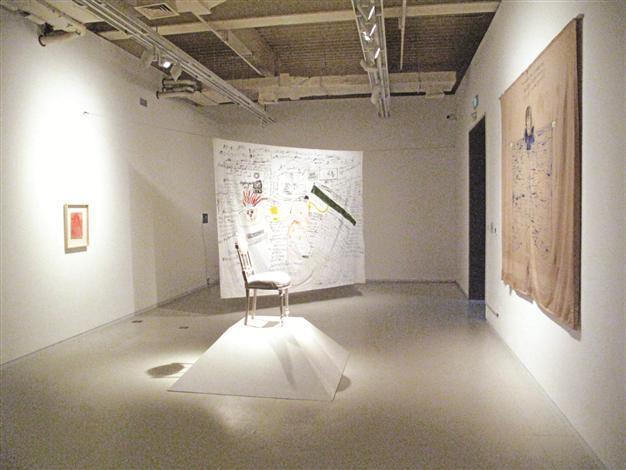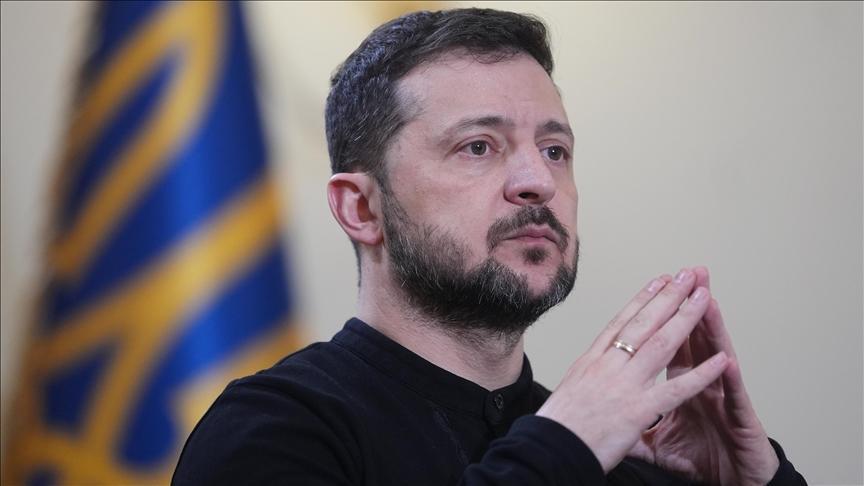Shanghai Biennale covers history of city
ISTANBUL - Hürriyet Daily News

Artist Elif Uras’ life-size replica of an 18th-century chair is being displayed at the Shanghai Biennale. The photo inset shows Turkish opera diva Semiha Berksoy.
Istanbul will be front and center at the ninth Shanghai Biennale with a pavilion for the city featuring works from three artists whose pieces trace several histories and delineate several fault lines inherent in the Westernization process in Turkey.Curators Defne Ayas, director and curators of the Witte de With, Center for Contemporary Art in Rotterdam, and Davide Quadrio decided to make a selection of three propositions that allude to the various ruptures and continuations that resulted within both contexts and work with a group of strong artists.
Opera diva
The pavilion features Semiha Berksoy’s paintings on bed sheets along with a drawing by her based on Nazım Hikmet’s poem “Gioconda and Si-Ya-U.”
“We chose the Turkish opera diva, Semiha Berksoy because she is the most enigmatic and emblematic. Her life spans most of Istanbul’s 20th-century history, from the old Ottoman Empire to the most recent present. Berksoy was the first lady of Turkish opera as well as one of the most colorful figures in contemporary Turkish art,” Ayas said.
Ayas and Qaudrio have also added Elif Uras’ ceramic sculpture Janet (Mihrişah Sultan), which is a life-size replica of an 18th-century chair imported by the Ottoman palaces from France, around the time that Turks were moving from low-seating cushions (“sedir”) into the more Western chair. Titled after Mihrişah Sultan, whose given name was Janet, this realistic and precisely detailed and cracked, full-size glazed ceramic chair acts as a site for the fluidity of ideas and influences beyond time and borders. But mainly, the chair, which was modeled after the ornate furniture designed for a wife of an Ottoman sultan, sheds light on the transition from tradition to modernity.
While Uras continues to reformulate the Turco-Ottoman tradition of İznik in terms of content and form, she also examines the incongruity of the materials and underlining fragility of the ongoing transitions within the nation-state infrastructure. The biennale opened Oct. 2 and will continue until March 2013.
















